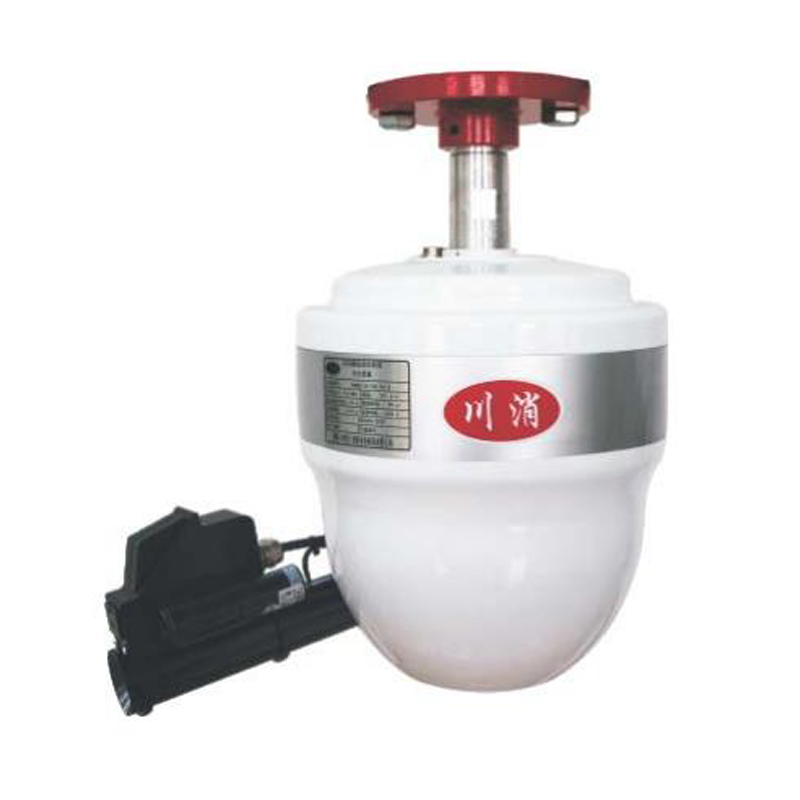川消消火栓常見通病的防治怎么辦?
來源:http://m.xintli.net/ 日期:2022-06-30
消火栓大家應該都知道,屬于消防器材中的一種,日常生活中也比較常見,很多火災都需要消火栓來滅火,所以其重要性不言而喻。但是消火栓系統在安裝的過程中往往會出現一些常見通病,怎么去防治呢?
As we all know, fire hydrants are a kind of fire-fighting equipment, which is also common in daily life. Many fires need fire hydrants to put out the fire, so its importance is self-evident. But there are often some common problems in the installation of fire hydrant system. How to prevent them?
通病一:室外、屋頂采用暗裝消火栓箱,箱體密封性差
Common problem 1: concealed fire hydrant boxes are used outdoors and on the roof, with poor sealing performance
產生原因及后果:一般暗裝消火栓箱面板為鋁合金,箱體采用冷軋鐵皮(2InIn),刷紅色面漆,不防水,長時間風吹日曬,箱體易腐蝕、生銹直損壞,箱內消防水帶也易受潮腐爛。
Causes and consequences: generally, the panel of the concealed fire hydrant box is aluminum alloy, and the box is made of cold-rolled iron sheet (2inin), painted with red finish paint, which is not waterproof, and exposed to the wind and sun for a long time. The box is prone to corrosion, rust and damage, and the fire hose in the box is also prone to damp and rot.
防治措施及相關規定:使用明裝式消火栓箱。
Prevention and control measures and relevant regulations: surface mounted fire hydrant box shall be used.
通病二:屋頂試驗消火栓無壓力表
Common problem 2: no pressure gauge for roof test hydrant
產生原因及后果:屋頂試驗消火栓無壓力表則不能直觀反映消火栓系統高點的壓力是否滿足要求,于檢修維護不便。
Causes and consequences: if there is no pressure gauge for the roof test hydrant, it cannot directly reflect whether the pressure at the high point of the hydrant system meets the requirements, which is inconvenient for maintenance.
防治措施及相關規定:屋頂試驗消火栓安裝壓力表的目的是為了便于消防維護人員巡查時及時掌握消火栓系統壓力是否滿足消防要求,因此屋頂試驗消火栓必須安裝壓力表(包括表彎及閥門)。
Prevention and control measures and relevant regulations: the purpose of installing a pressure gauge on the roof test hydrant is to facilitate the fire maintenance personnel to timely know whether the pressure of the hydrant system meets the fire protection requirements during patrol inspection. Therefore, the roof test hydrant must be installed with a pressure gauge (including a meter bend and a valve).

通病三:以溝槽連接方式安裝的消火栓立管開分支管時,采用機械開孔三通
Common problem 3: when the branch pipe is opened for the fire hydrant riser installed by trench connection, the mechanical opening tee shall be used
產生原因及后果:在立管上采用機械開孔,其支管接頭的構造屬于馬鞍形拼合式開孔套筒結構,其強度相對低于標準規格的溝槽式三通、四通等管件,有可能對立管強度產生影響。
Causes and consequences: mechanical opening is adopted on the riser, and the structure of its branch pipe joint belongs to saddle shaped split opening sleeve structure. Its strength is relatively lower than that of grooved tee, cross and other pipe fittings of standard specifications, which may have an impact on the strength of the riser.
防治措施及相關規定:《溝槽式連接管道工程技術規程》CECS151:2003規定“當立管上設置支管時,應采用標準規格的溝槽式三通、溝槽式四通等管件”,不得采用機械開孔安裝機械三通的連接方式。
Prevention measures and relevant regulations: cecs151:2003, technical specification for grooved connection pipeline engineering, stipulates that "when branch pipes are set on the riser, grooved tee, grooved cross and other pipe fittings of standard specifications shall be used", and the connection method of mechanical tee installation through mechanical opening is not allowed.
通病四:溝槽連接的橫管支吊架設置不當
Common problem 4: improper setting of horizontal pipe supports and hangers connected by grooves
產生原因及后果:由于溝槽式管件的結構(內有密封膠圈)特點以及溝槽滾溝質量,在管道水壓及溫度發生變化時,管道會產生一定的軸向力和位移,當其變化超過一定界限時,就有可能造成接口松脫或滲漏,在橫管接頭部位兩側設置支吊架的目的除支承管道重量外,主要是對管道軸向力和位移加以限制。
Causes and consequences: due to the structural characteristics of grooved pipe fittings (with sealing rubber rings inside) and the quality of groove rolling, when the water pressure and temperature of the pipeline change, the pipeline will produce a certain axial force and displacement. When the change exceeds a certain limit, it may cause the joint to loosen or leak. The purpose of setting supports and hangers on both sides of the horizontal pipe joint is not only to support the weight of the pipeline, It mainly limits the axial force and displacement of the pipeline.
川消防治措施及相關規定:《溝槽式連接管道工程技術規程》CEcs151:2003規定“橫管吊架(托架)應設置在接頭(剛性接頭、撓性接頭、支管接頭)兩側和三通、四通、彎頭、異徑管等管件上下游連接接頭的兩側。吊架(托架)與接頭的凈間距不宜小于150mm和大于300mm。
Prevention and control measures and relevant regulations of Chuanxiao: cecs151:2003 stipulates that "horizontal pipe hangers (brackets) should be set on both sides of joints (rigid joints, flexible joints, branch pipe joints) and on both sides of upstream and downstream connection joints of tee, cross, elbow, reducer and other pipe fittings. The clear distance between hangers (brackets) and joints should not be less than 150mm and more than 300mm.
The above is the relevant answers to the questions. If you want to get more relevant information, please follow our website http://m.xintli.net Come on!

